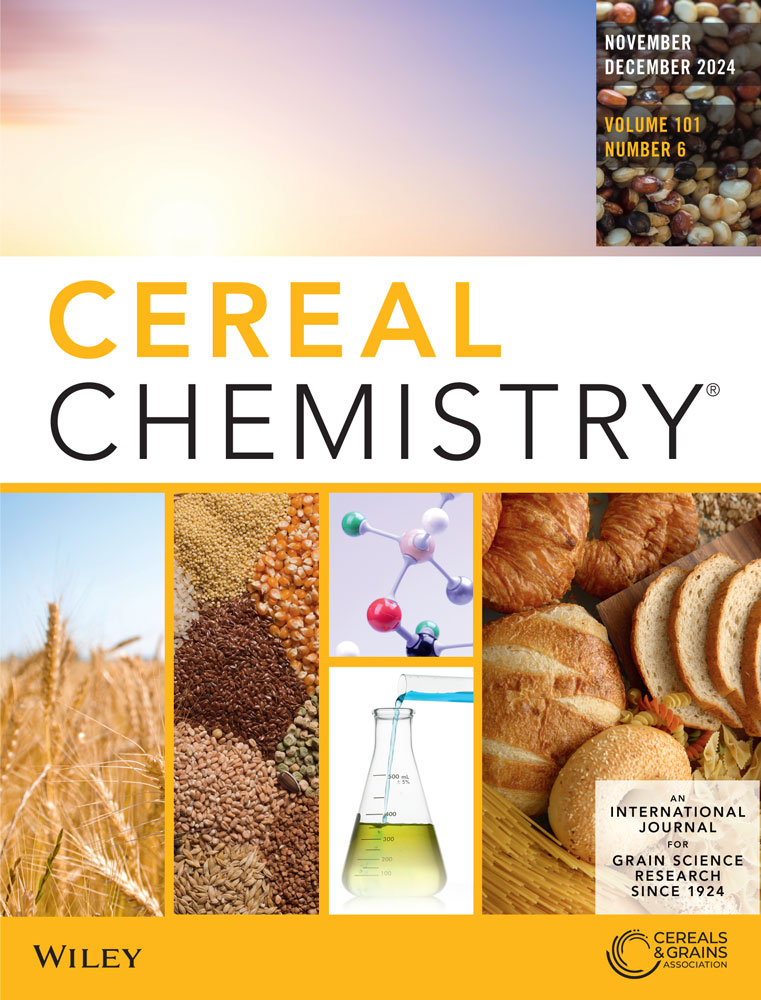Fluorescence Spectroscopy of Flour Fractions and Dough: Analysis of Spectral Differences and Potential to Improve Wheat Quality Prediction
Abstract
Background and Objectives
Spectroscopy of wheat kernels and flour has been used as a rapid tool to assess wheat quality, but predictions still lack in accuracy for most quality parameters except for protein content. To enable an improved prediction of further quality characteristics, new approaches are needed. This study investigates if the preprocessing of flour into flour fractions (by air classification, sieving) or dough and subsequent spectroscopic analysis of these types of samples could be a new way to improve wheat quality predictions. For this purpose, spectral differences are investigated and predictions of farinograph parameters are compared for fluorescence spectra of flour, flour fractions, and dough.
Findings
A wide variety of fluorophores present in cereal products was identified. Their peak intensities significantly differed for flour, flour fractions, and dough. Flour and sieve fractions were superior in predicting water absorption (R2CV flour = 0.79; R2CV 32–50 µm = 0.81), while gluten and dough samples strongly improved predictions of rheological properties, especially dough development time (R2CV flour = 0.64; R2CV dough = 0.90; R2CV gluten = 0.84).
Conclusion
Preprocessing of flour samples greatly alters their composition (e.g., protein enrichment), which is also reflected by spectral differences. Spectra of different sample types therefore contain different information and have the potential to improve the prediction of wheat quality.
Significance and Novelty
This is the first study that investigates spectral differences of a large number of different flour fractions and dough using fluorescence spectroscopy and subsequently underlines the potential of this novel approach to improve wheat quality prediction in the future.


 求助内容:
求助内容: 应助结果提醒方式:
应助结果提醒方式:


